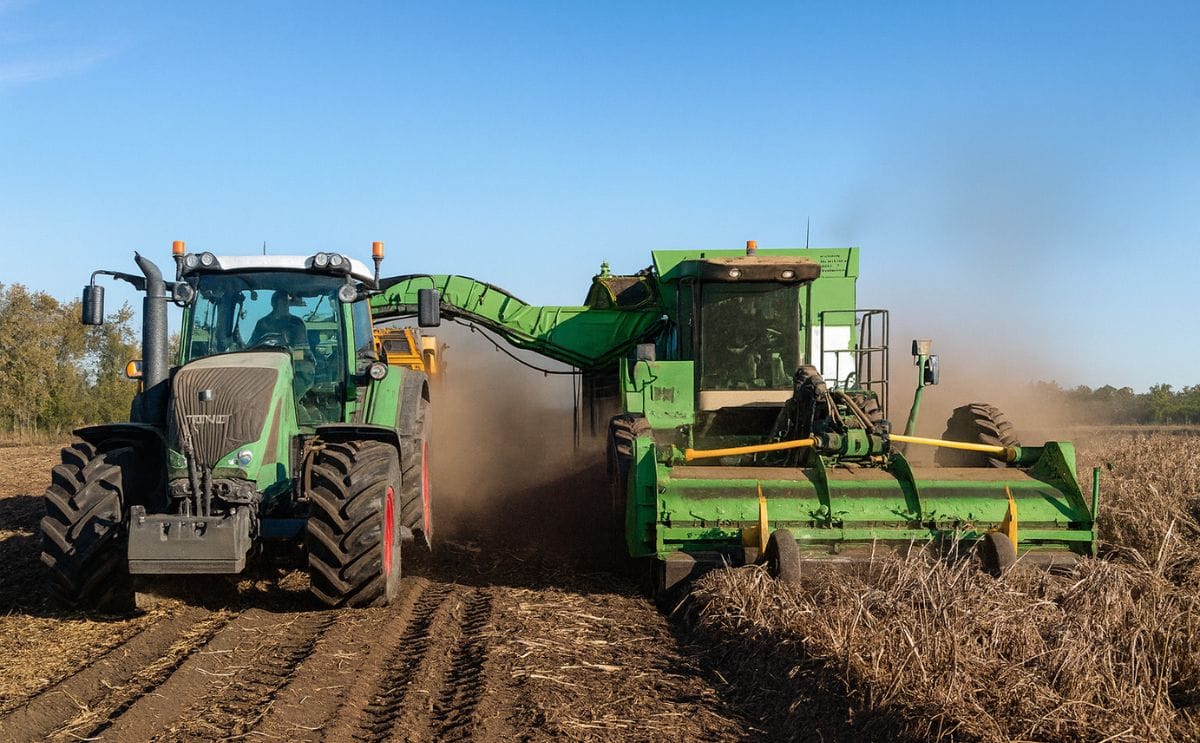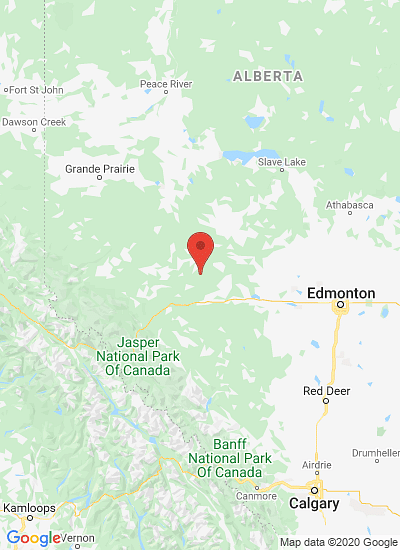Alberta Potato Harvest (Courtesy: Potato Growers of Alberta)
Solapas principales
Potato Production Canadian Prairie Provinces Manitoba and Alberta expected up

This year, potato yields should be slightly above average in the Canadian prairie provinces Manitoba and Alberta, but figures aren’t available because the harvest is only 10 to 15 percent complete. The prairie potato harvest should be complete by the end of September, weather permitting.
Potato quality is good to excellent in both Manitoba and Alberta.
Alberta
Terence Hochstein, executive director of Potato Growers of Alberta, said growing conditions were excellent this year and there were almost no issues with disease.
“The summer was hot and dry in Alberta. The areas that have supplemental irrigation … our crops look very good,” said Hochstein, who was helping a farmer dig potatoes Sept. 15 near Taber, Alberta.
“I would say we (have) an average yield. Over the five-year average yield, maybe a little bit better. But it’s too early to tell, to be honest.”
Alberta potato growers had record yields last year, averaging 361.2 hundredweight per acre, which is up from the 2010-14 of 315 to 360 cwt. per acre.
Manitoba
Dan Sawatzky, general manager of the Keystone Potato Producers Association, said yields should also be decent in Manitoba. Average yields have been 305 to 310 cwt. per acre the last couple of years, and Sawatzky expects comparable production this fall.
“That’s where I’m pegging the numbers … similar to the last couple of years.”
Manitoba should produce more potatoes than last year because Simplot and McCain Foods, which operate french fry processing plants in the province, increased contract volumes by 18 percent.
Manitoba farmers planted 63,000 acres of potatoes last year, and market watchers were expecting acres to jump, given the larger contract.
Sawatzky said acreage increased to 67,000.
“By the time the processors gave out their increases in volumes, most growers already had their cropping plans in place,” he said.
“(And) because of the earlier start, I think growers were targeting higher yields and not planting as many acres based on the (expectations).”










